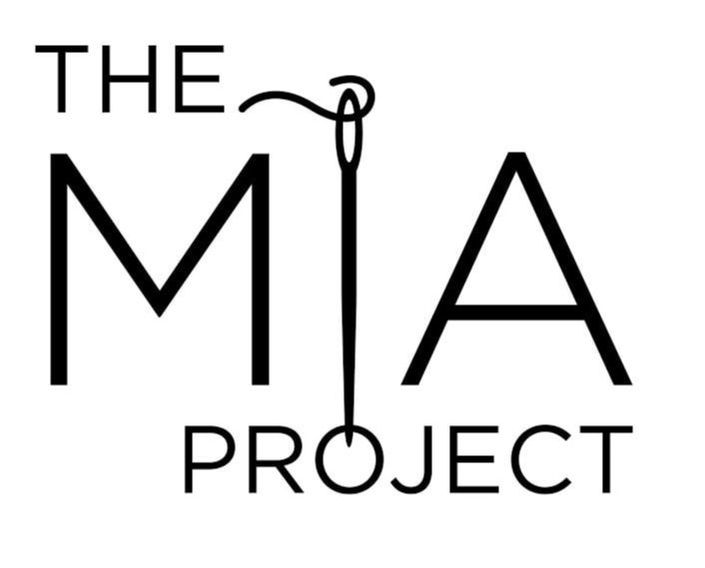|
I have always wanted to develop a product that had a bit of science to it. Out of my own need (and perhaps love) for easy-care, portable and convenient items, it came to me: A highly absorbent beach towel that is soft, lightweight and conveniently compact. Not that I'm a jet setter that takes multiple beach vacations a year (wouldn't that be nice...) but when I do finally take that week long beach trip, I love to pack light with functional, versatile items that don't weigh me down. I have to say, a conventional beach towel has never done it for me. I usually dread packing it because it is bulky, heavy and takes up too much unnecessary space. When I take it down to the beach, it doesn't fit in just any beach tote or bag. The beach bag has to be large enough to accommodate the towel's volume and weight- It's either a large beach bag or I'm forced to wobble around with a bulky, wet beach towel in one hand and a bunch of other beach-related things in the other. As conventional terry fabric (used for traditional beach towels) absorbs more water, it becomes heavier and less absorbent, adding to its weight. On a hot summer day, this scenario is less than ideal. I have to admit, the search for the perfect beach towel material took some trials and tribulations. Weight, softness and absorbency were key, and it took a few failed tries to finally hit the nail on the head and find the perfect balance between these three elements. The testing went on for months until I finally came across a specialized, double sided terry microfiber. One that has been engineered specifically for absorbency both in fiber content and weave construction, with the added bonus of lightness, softness and high draping capabilities. Once the fabric was discovered, the rest of the design elements, such as those special corner tassels I'll tell you more about later, came together effortlessly. Portable. Compact. Lightweight. These three elements are key to the ultimate functionality of the microfiber beach towel. After all, the quest started with these desired aspects in mind, and this particular double terry microfiber allows for their perfect merging. It features a specialty weave constructed with filaments that are 3 times finer than silk. And what is silk known for? Softness, drape and a luxurious feel on the skin. The unique construction of these filaments incorporates their softness and drape into a thin double layer of terry microfiber. Pair this quality with a specialized weaving process, and you've got yourself a light, compact beach towel for everyday use. Perhaps what I love most about this particular textile is that despite its very lightweight characteristic, it feels sturdy and stable on beach sand or a pool chair. Conveniently, the towel folds into thin layers that are light and highly portable, fitting into just about any beach bag. Softness and Drape Returning to that silky softness... I just had to test it for myself. I built this product with some of my own needs in mind and it was only natural that I would take the first beach towel for a spin before sending it out into the world. So here it was, a day that was finally sunny and warm enough for a beach towel test drive. I have to say, softness was the first thing that hit my skin as I laid on it, mentally taking notes. Needless to say, it has left a lasting positive impression on my skin. That feel of luxury yet high durability prompted even more research on my part. Turns out the special way these soft filaments are intermingled has been specifically designed to fit both industrial uses and baby products designed for sensitive skin. Naturally, a material that was built to accommodate sensitive baby skin warrants significant softness. High Absorbency Finding a lightweight, soft, high-draping fabric is perhaps the easy part. Finding one that is light, soft, high-draping AND extremely absorbent can be a bit of a challenge. This particular double sided terry microfiber absorbs 8 times its weight in just 2 seconds, soaking up to 20 times faster than other high absorbency materials like bamboo and cotton. Conventional beach towels tend to get weighed down by moisture, becoming less absorbent once the fibers fill up with water. Vise versa, the special fiber filaments in this terry microfiber are designed to minimize this issue by allowing for efficient moisture distribution and increased holding capacity. The result? A beach towel where science meets design to create ultimate function without jeopardizing aesthetics. The Design Elements: When it comes to aesthetics, science doesn't necessarily take a back seat but is rather enhanced by a few decorative elements that scream summer. I've always had a thing for tassels, and with the conception of this special microfiber beach towel, I was finally able to get some design use out of these beautiful charms. While they are playful and summery in look and construction, conventional tassels are not always built to withstand continuous washing machine cycles. Let's face it, being able to throw your beach towel in the washing machine without worrying about damaging it is an important factor to consider in a high-usage product like this. As a matter of fact, I see it as a make-or-break for a beach towel, and I would never buy one that couldn't easily be thrown in the wash. From a design stand point, I was completely set on the addition of tassels. To be completely honest however, I couldn't trust the durability of ready-made tassels available on the market. Naturally, I decided to try my hand at designing and constructing them myself. Following a specialized knotting process, the tassels are built to be strong enough to withstand long term washing machine care, also preventing potential unraveling or structure loss. Every tassel is handmade and attached to each corner of the beach towel by hand such that they provide long-term endurance. Let's just say, you shouldn't lose any precious tassels in your washing machine or on the beach. Care Instructions: While the microfiber beach towel is machine washable and perfectly able to dry in a conventional dryer, some precautions should be followed in order to maintain the full moisture absorption capability and structure of the microfiber. How to wash microfiber: Wash Medium. Dry low. No Fabric softener. No Bleach. No Chlorine. - When washing microfiber, use liquid detergent as opposed to powders. Powder detergents do not always dissolve fully and can become trapped in the structure of the microfiber weave. This is especially applicable when washing with cold water. - Due to the high absorbency and holding power of microfiber, only half the quantity of detergent should be used. - Never use fabric softeners on your microfiber beach towel. Over time, the softener will saturate the microfiber causing it to be less efficient. - Avoid washing your microfiber with lint-producing materials. Due to its high absorbency, microfiber traps and locks lint which could lessen its efficiency over time. - Just as you would with most fabrics, do not wash microfiber with anything that is sharp or has hook tape. Sharp objects and hook tape can snag the loops and damage the fabric's structure. How to dry microfiber: Never dry microfiber in a dryer on high heat. Drying on low heat and permanent press is most recommended.
0 Comments
Leave a Reply. |
The Blog:A journey into our design process, sewing tutorials, fashion tips, and all the inspiring people and things we love. Doina AlexeiDesigner by trade and dressmaker at heart. I spend most of my days obsessing over new fabrics and daydreaming new ideas. Sadie
Executive Assistant & Client Relations Manager Archives
November 2019
Categories
All
|
-
Sewing Tutorials
-
Basics
>
- Aligning Pattern Grainlines To Fabric
- Preparing Fabrics For Sewing
- Pinning Sewing Patterns To Fabric
- Placing Sewing Patterns On Fabric For Cutting
- Rotary Cutters or Fabric Scissors?
- Cutting The Sewing Patterns
- What Are Notches And How To Use Them In The Sewing Process
- Transferring Notches From Pattern To Fabric
- Transferring Seamlines to Fabric
- Staystitching
- Backstitching: A Complete Guide
- Hand Basting: A Complete Guide
- Sewing Continuous Bias Binding
- Darts >
-
Sewing Seams
>
- The Basics Of Seams And Seam Allowance
- How To Sew A Straight Seam
- Sewing Curved Seams
- Sewing Corner Seams
- Trimming And Grading Seam Excess
- Notching/Clipping Seam Allowance for Tension Release
- Sewing Topstitched Seams
- Sewing Corded Seams
- Sewing A Slot Seam
- Sewing A Gathered Seam
- Sewing Bias Seams
- Sewing Seams With Ease
- Sewing Seams With Crossing Seamlines
- Sewing Unlike Fabric Seams
- How To Iron Seams: Ironing Tools And Conventions
- Sewing With Knit Fabrics
- Understanding Stitch Length And Tension
- Sewing Unique Fabric Seams
-
Seam Finishes
>
- Seam Finishing Techniques - Overview
- Applying A Pinked Seam Finish
- Applying A Bias Bound Seam Finish
- Serging And Zigzag Seam Finishes
- Sewing A Self-Bound Seam Finish
- Sewing A French Seam Finish
- Sewing A Hong Kong Seam Finish
- Sewing A Mock French Seam Finish
- Sewing A Turned-and-Stitched Seam Finish
- Sewing Overcast Hand-Applied Seam Finishes
- Sewing A Flat Felled Seam
- Sewing A Hairline Seam Finish
-
Hem Finishes
>
- Garment Hem Finishes: Overview
- Sewing A Double Fold Hem Finish
- Sewing A Single Fold Hem Finish
- Sewing Bound Hem Finishes
- Sewing An Exposed Double Layer Bound Hem
- Sewing A Folded-Up Bound Hem with Pre-folded Binding
- Sewing A Hong Kong Hem Finish
- Sewing A Band Hem Finish
- Sewing A Bias Faced Hem Finish
- Sewing A Twill Tape Hem Finish
- Sewing A Rolled Hem Finish
- Sewing A Shaped Hem Facing
- Using Fusible Hem Tape And Webbing
- Finishing A Lace Fabric Hem
- Finishing A Leather Hem
- Sewing Faced Hem Corners
- How To Finish Lining At The Hem
- Finishing Fabric Corners by Mitering >
- Interfacing A Hemline: Lined And Unlined Examples
-
Sewing Pockets
>
- Curved Patch Pocket With Flap
- Unlined Square Patch Pockets
- Lined Patch Pockets: Two Ways
- Extension On-Seam Pockets
- Separate On-Seam Pocket
- Front Hip Pockets
- Bound Double Welt Pocket
- Double Welt Pocket With Flap
- Self-Welt Pocket (Using Single Fabric Layer)
- Slanted Welt Pocket (Hand-Stitched)
- Faced Slash Pockets: Overview >
-
Sewing Zippers
>
- Sewing Zippers: General Information
- Sewing A Centered Zipper
- Sewing A Lapped Zipper
- Sewing An Invisible Zipper
- Sewing A Fly Front Zipper
- Sewing A Closed-End Exposed Zipper (No Seam)
- Sewing An Exposed Separating Zipper
- Sewing Hand Stitched Zipper Applications
- Sewing A Zipper Underlay
- Sewing A Placket-Enclosed Separating Zipper
- Sleeveless Finishes >
-
Neckline Finishes
>
- Sewing A Neck Shaped Facing
- Sewing An All-In-One Neck Facing
- Neck And Garment Opening Combination Facings >
- Sewing A Bias Faced Neckline Finish
- Sewing A Band Neckline Finish
- Bound Neckline Finishes: Overview >
- Sewing A Semi-Stretch Strip Band Neckline
- Ribbed Neck Band And Classic Turtleneck
- Decorative Neckline Finishes >
- Finishing Facing Edges >
-
Extras
>
- A Complete Guide on Interfacing
- Sewing Bound Spaghetti Straps
- Sewing Spaghetti Straps To A Faced Neckline
- Sewing Ruffles: Overview
- Patterning And Sewing A Circle Ruffle
- Sewing A Gathered Heading Ruffle
- Sewing Double Layer Gathered Ruffles
- Sewing A Gathered Ruffle Into A Seam
- Sewing A Gathered Ruffle To A Fabric Edge
- Sewing A Fabric Surface Slit
- Sewing A Slit Seam
- Hand-Applied Straight Stitches
- Hand-Applied Blind Stitches
- Hand-Applied Overedge Stitches
- Hand-Applied Tack Stitches
- Hand-Applied Decorative Stitches
-
Basics
>
- Custom Bridal
- Custom Apparel
- About
- Blog
Services |
Company |
|

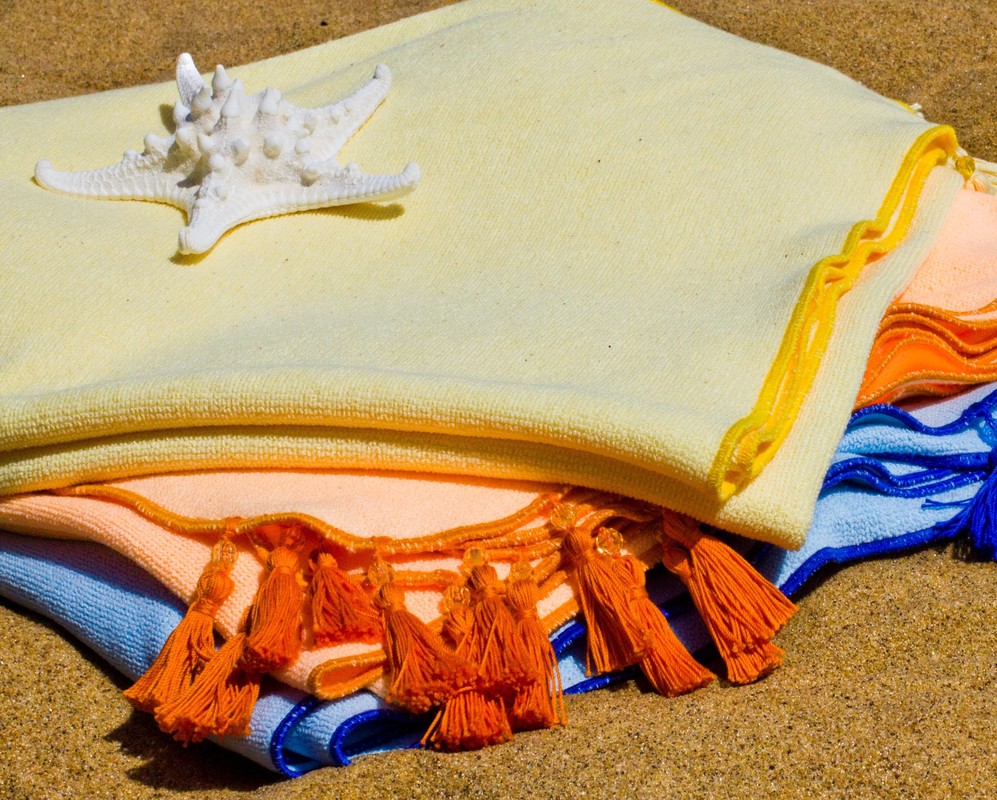
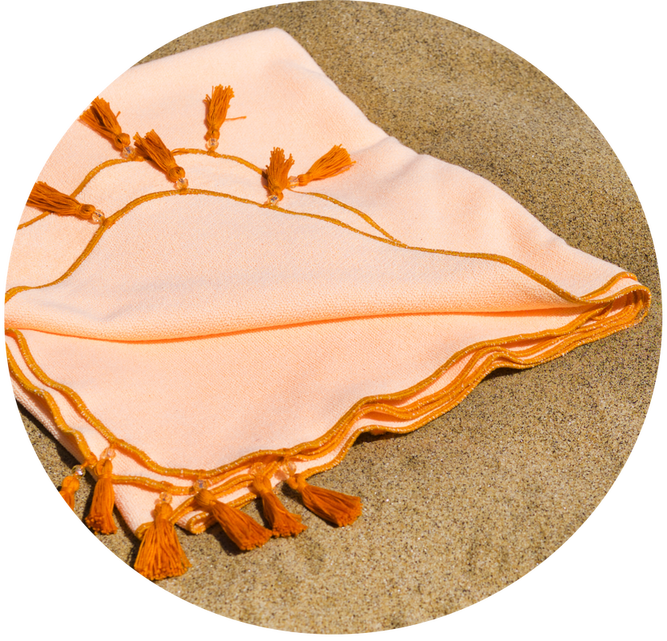
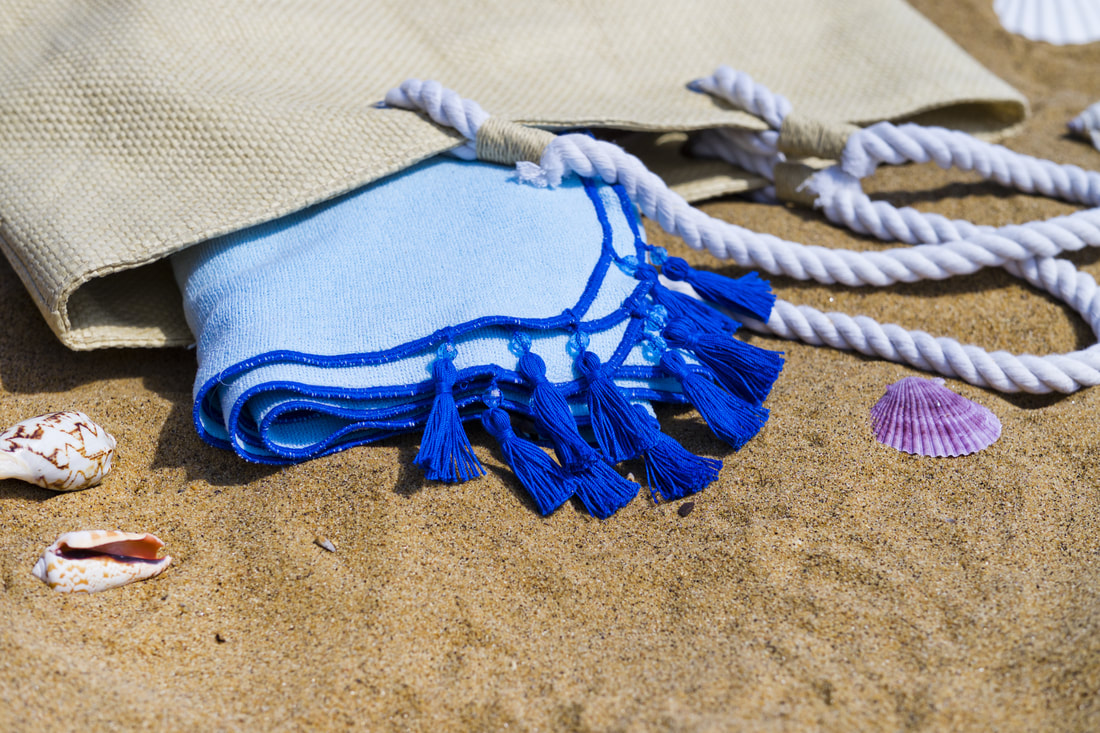
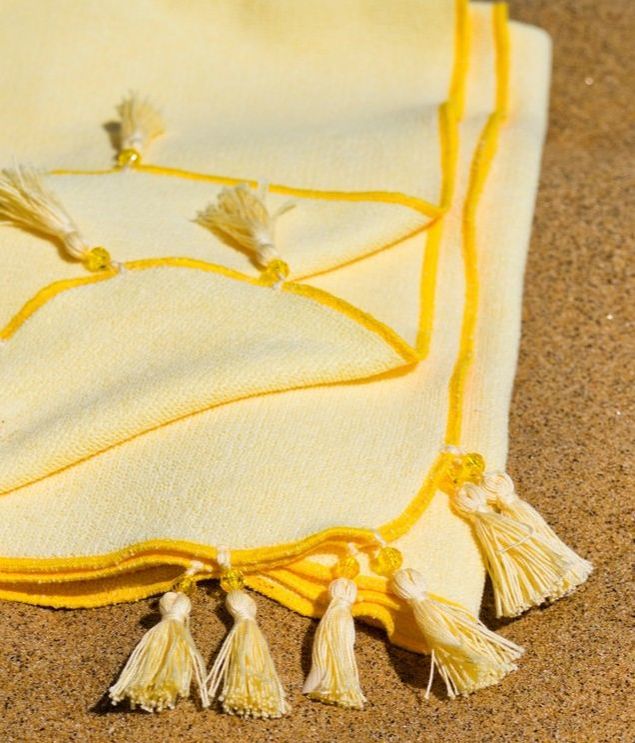
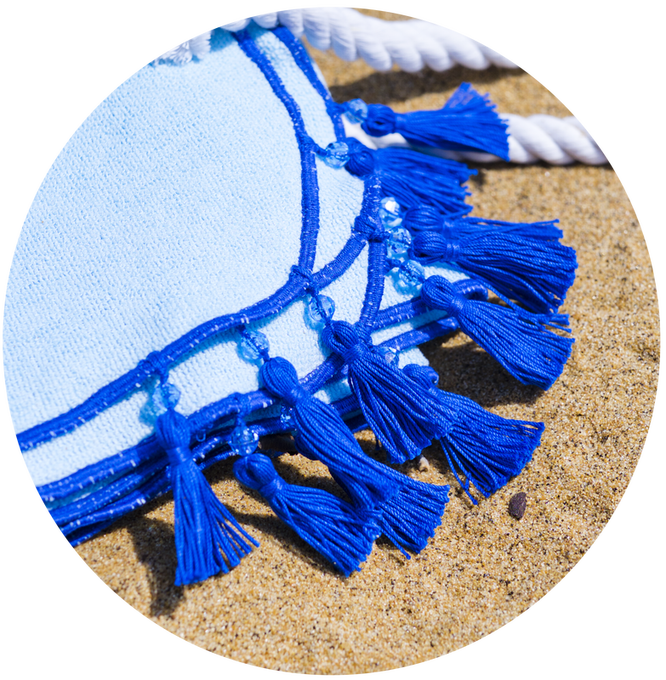


 RSS Feed
RSS Feed
